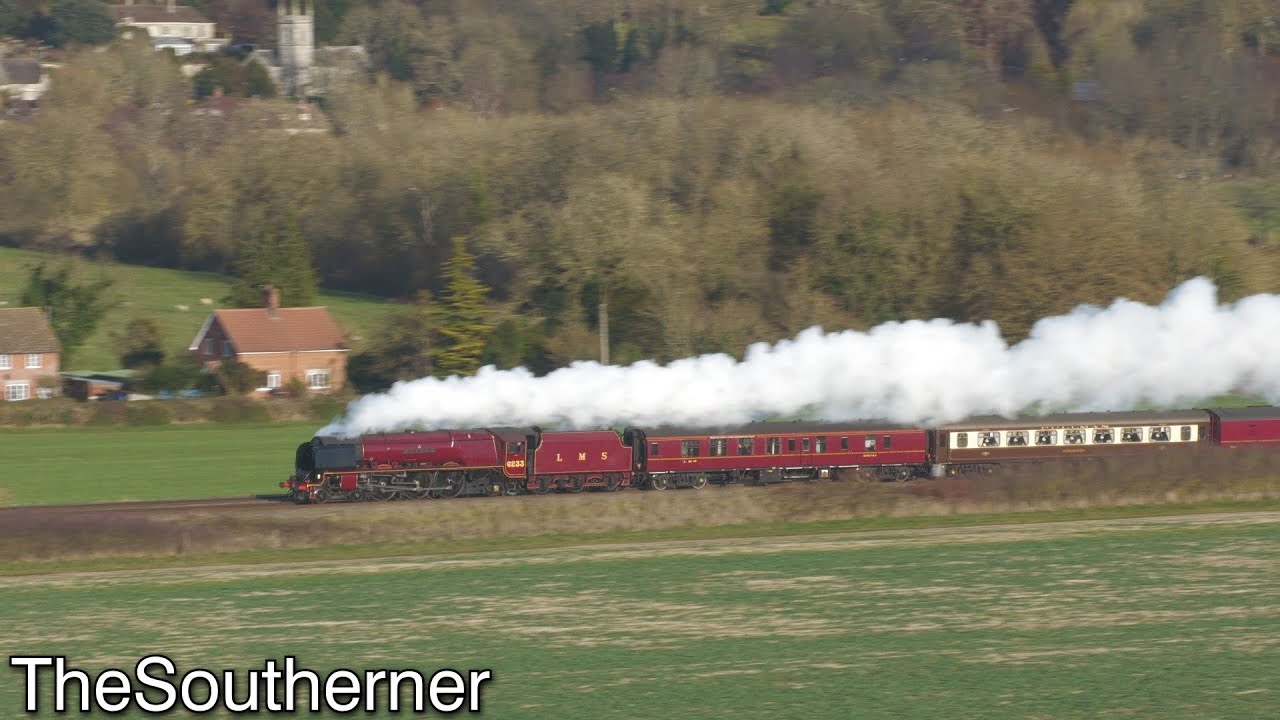December 12th, 2022
Wagon preservation group launches appeal to save last TTA tank wagons
The National Wagon Preservation Group (NWPG) has launched an appeal to save up to ten TTA tank wagons from going for scrap.
For many years, oil-based freight was a massive business for the railways, coming second only to coal. In the early 1960s, monobloc four-wheel tanks were the standard, with production runs of thousands, and used by all the big petroleum companies.
These were developed into the bogie TEA tanks that became the industry standard and started the slow decline of the four-wheel TTA’s.
The last trip by TTA’s was on November 15th, since when they have been located at Gascoigne Wood Yard.
The merchant that has the contract to scrap them has agreed to allow the National Wagon Preservation Group time to raise the necessary funds to save them for preservation.
The Dean Forest Railway at Lydney in Gloucestershire has offered a home for the tanks, which is ideal as it has a mainline connection and Network Rail station, so is a perfect place for visitors and volunteers to view the tanks.
They are all still in mainline ticket and could be transported by rail to Lydney.
The National Wagon Preservation Group has been in discussions with the disposal contractor for the last 21 tanks.
The group has been offered the TTA’s at an acceptable price per tank, and the Dean Forest Railway can accommodate up to around 11 of them.
A fundraising appeal has now been launched in an effort to preserve as many as possible.
The group, in partnership with the Dean Forest Railway, is looking to raise £35,000 to preserve ten of the wagons for many decades to come, just £3,500 per wagon.
They have a home, maintenance and repair plan, and intended plans for their use at the Dean Forest Railway, but just need the funds to turn the plan into reality.













































